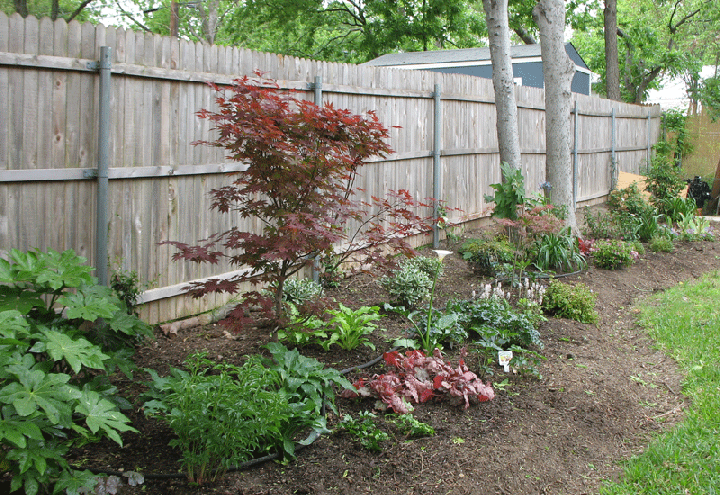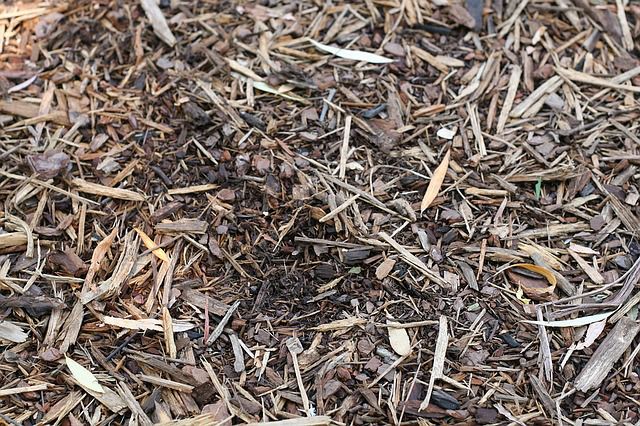Preparing Your Soil for Fall
September 7, 2017 | By webadmin
After a hot, rainy summer like we just had, your landscape and soil will be in need of rejuvenation this fall. Summer's heat dries up everything and speeds the decomposition of mulch and other amendments. Heavy rainstorms can cause runoff of topsoil. It is a good time to give back to the soil to help plants bounce back when cooler weather arrives.

Take a look around your entire yard to identify places where your soil has become hard or compacted, including weedy areas of your lawn. Hard packed soil makes it difficult for plant roots to grow and for nutrients to penetrate. Soil compaction is often an indicator of low plant diversity as well. Lawn areas can benefit from core aeration. Landscape beds can benefit from penetration with a garden fork and the addition of amendments such as organic compost.
When was the last time you fertilized? Many of the nutrients you may have put down in spring have long since been utilized by your plants. A good fertilizer will provide slow release macronutrients: nitrogen, phosphorus, and potassium, as well as numerous other trace nutrients and minerals. There are many fertilizers specially formulated for different types of plants in your landscape, as well as many general fertilizers that can be beneficial to all of your trees, shrubs, perennials and lawn areas.
It’s a good time to apply root stimulator to new plantings, or any plants that seem to be struggling to get established. Plants work first below the soil to get new roots well-established in the ground. You can encourage this process with monthly applications of root stimulator which helps each plant root to spread. Anything that has been planted in the last year should be treated on a regular basis. Perhaps you did a few applications in the beginning, but many do not understand that the process needs to continue for at least the first six months. Let go of any guilt and just start again, hitting any planting that looks weak and in need of a boost. This simple step makes a big difference in the long term health of your plants.
One of the signs of healthy soil is the amount of diverse microbial life within it. Dried out, compacted soil is usually devoid of life. Add organic soil stimulants to feed and encourage microbial organisms. Don’t forget to feed your brand new soil in raised vegetable beds; new soils are often pasteurized and will need organic stimulants to boost reinvigorate beneficial microbe populations.

Mulch is one of the least expensive and most effective amendments available. A good layer of composted mulch provides protection for plant roots from both heat and cold temperatures. Mulch helps with water retention in the soil and as it breaks down. Mulch also adds quality organic matter that helps plants thrive. Including a layer of compost below the mulch is recommended for areas where plants are not thriving as they should.
The best planting time of year in Texas is just around the corner! Preparing your landscape will give back to you in the form of plant health and beauty. If you need help rejuvenating the soil in your lawn and landscape beds, as well as feeding all of your plants on schedule, give us a call to discuss a fall landscape refresh or maintenance program.
